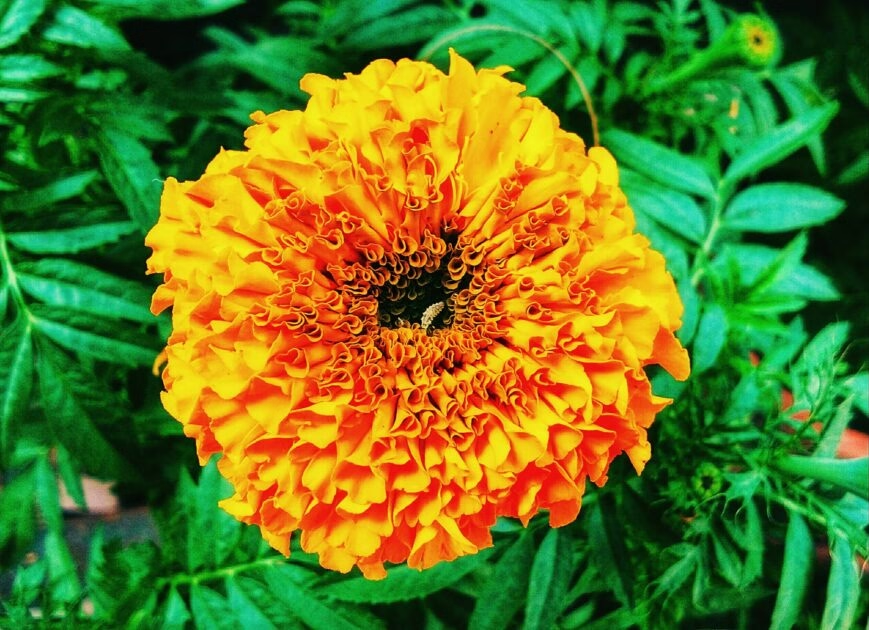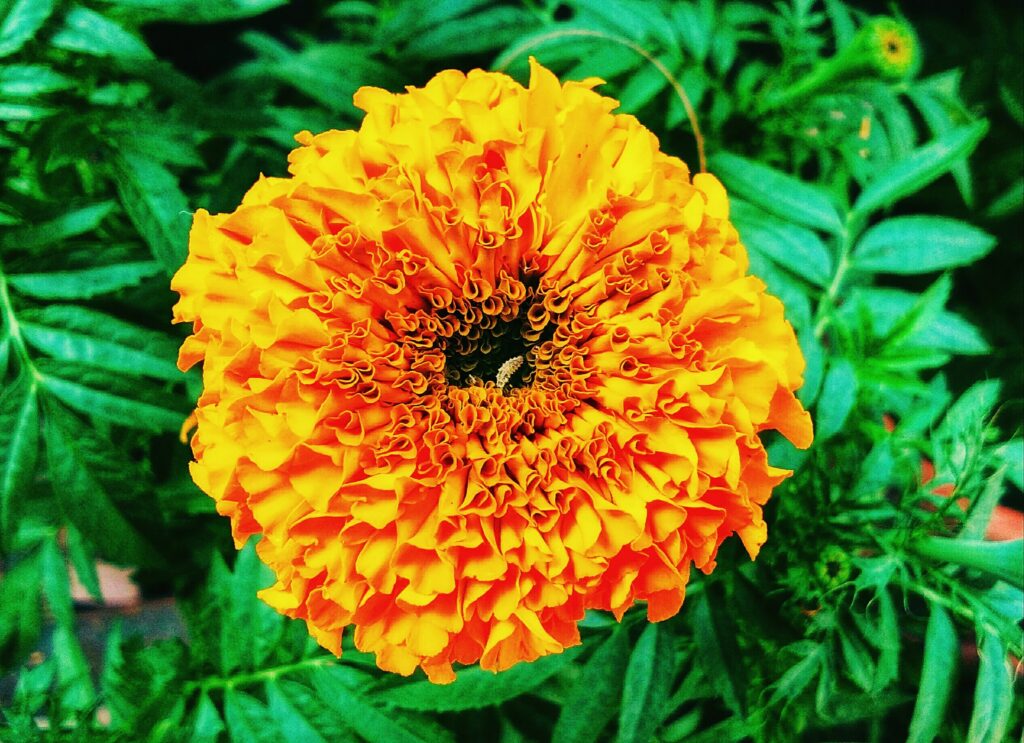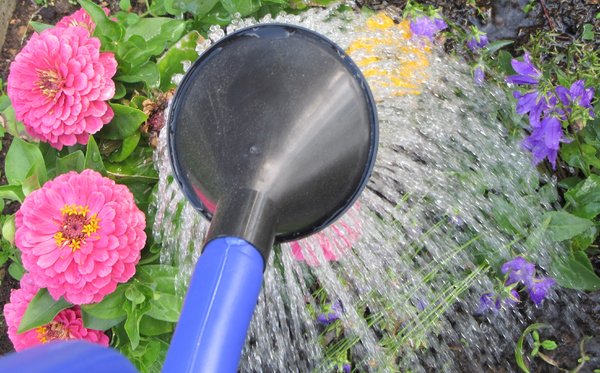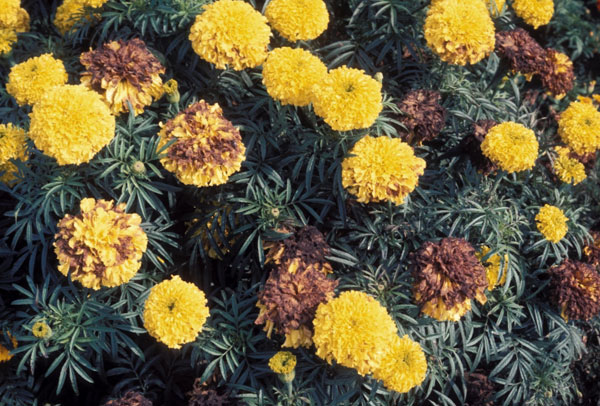How to Grow Tagetes Marigolds power full flower 7 steps Seed, Seedlings, or Garden-Ready Plants

How to Grow Marigolds Plants From Seeds
When most people think of marigolds, they think of the common garden variety that is often used as a border plant. However, there is another type of marigold that is gaining in popularity – the Tagetes marigold. This variety comes in a range of colors, including yellow, orange, red, and white. They are also slightly taller than the common garden marigold. In this blog post, we will discuss how to grow Tagetes marigolds from seed, whether you are starting them indoors or outdoors.

What are Tagetes Marigolds and what do they look like?
Tagetes marigolds are a type of flower that comes in a range of colors, including yellow, orange, red, and white. They are taller than the common garden marigold and have a more robust look to them. The flowers themselves are large and showy, making them a popular choice for cut flowers. Marigolds have a long blooming season, which makes them a favorite among gardeners.

There are many benefits to growing marigolds. They are known to be excellent at deterring pests, such as nematodes, from damaging other plants in the garden. Marigolds also release a substance that improves the quality of the soil around them. This makes them ideal for planting in areas where other plants have struggled to grow. In addition to their practical uses, marigolds are simply beautiful flowers that add color and life to any garden.
If you’re looking for a flower that is easy to care for and provides numerous benefits, consider planting marigolds in your garden this year. You’ll be glad you did!
When is the best time to start growing Tagetes Marigolds from seedlings or garden-ready plants?
Tagetes marigolds are one of the easiest flowers to grow from seed. They germinate quickly and easily, and they don’t require a lot of care. There are many different types of marigolds, but the most popular type is the French marigold (Tagetes patula).
How to Grow Marigold From Seeds

French marigolds are prized for their long, prolific blooms. They tend to be short, bushy plants, from five to eighteen inches tall. They have purple-tinged stems with double flower heads in yellow, orange, and mahogany that are about two inches across. If you want to start growing marigolds from seedlings, it’s best to do so indoors six to eight weeks before the last frost.
Start them from Marigolds Garden-Ready plants
You can also start them from garden-ready plants, which you can find at most nurseries and garden centers. Marigolds are not only beautiful, but they also have many benefits. They’re known to deter pests like nematodes, rabbits, and deer. They also attract beneficial insects like ladybugs and bees. And marigolds are great for companion planting because they help to suppress weeds.

So if you’re looking for a beautiful and easy-to-grow flower, consider marigolds! Just be sure to plant them at the right time of year for the best results. French marigolds (Tagetes patula); French marigolds are prized for their long, prolific blooms. They tend to be short, bushy plants, from 18 inches tall. They have purple-tinged stems with double flower heads in yellow, orange, and mahogany that are about inches across.
How do you plant Tagetes Marigolds in your garden or flower bed, and how far apart should they be spaced?
To plant Tagetes Marigolds in your garden or flower bed, dig a hole that is the same depth and slightly wider than the pack or pot. Space dwarf varieties six inches apart, medium types ten to twelve inches apart, and allow at least twelve inches of space between larger marigolds. Water thoroughly. Fertilize as recommended for seed-grown marigolds.
how to grow marigold plant at home?


When planting from seed, sow seeds indoors eight to ten weeks before the last frost date. Sow on the surface of the moistened seed-starting mix and lightly press into the soil. Keep the soil moist but not wet and provide bottom heat if necessary. Seedlings will emerge in seven to fourteen days. Once they have two sets of true leaves, transplant seedlings into individual pots and grow until large enough to plant outdoors. Harden off plants by gradually acclimatizing them to outdoor conditions over a period of seven to ten days before planting in the garden.

Tagetes Marigolds are not particular about soil type but prefer well-drained soils with a pH of six point five to seven point five. They will tolerate partial shade but prefer full sun for the best flower production. If you are growing Tagetes Marigolds for cutting, allow three to four weeks for flowers to mature before cutting. Deadhead spent blossoms regularly to encourage continued blooming.
With proper care, Tagetes Marigolds will bloom from early summer until frost. Cut back plants by one-third after the first blooming to encourage a second flush of flowers.
What kind of soil should you use for your Tagetes Marigold plants, and how much water do they need each day to thrive and bloom abundantly all season long ?
Marigolds are a great choice for any home gardener and can be grown from seed quite easily. Most varieties of marigold bloom from early summer until hard frost in late fall, so they make an excellent addition to any garden. Marigolds require full sun and grow best in well-drained, loamy soil; however, they can tolerate a wide variety of soils.
What kind of soil should you use for your Tagetes Marigold plants?

Watering marigold plants is relatively easy – they only need about one inch of water per week, either through rainfall or irrigation. Make sure the soil is evenly moist but not wet; you don’t want the roots to sit in waterlogged conditions, as this will lead to root rot and disease Mulching around.
how much water do they need each day

Marigolds are one of the easiest and most rewarding flowers to grow from seed. They require full sun and grow best in a well-drained, loamy soil. Marigolds will bloom abundantly all season long with proper care.
marigolds have the best chance of blooming abundantly use a high-quality potting mix or garden soil

To ensure your marigolds have the best chance of blooming abundantly, use a high-quality potting mix or garden soil. If you are growing your marigolds in containers, be sure to use a well-draining potting mix. Water your marigold plants regularly, making sure the soil is evenly moist but not soggy. Too much water can cause root rot and inhibit blooming. Feed your marigolds a balanced fertilizer every two weeks to encourage strong growth and lots of flowers.
Are there any pests or diseases that can affect the health of your Tagetes Marigold plants, and if so, what can you do to prevent them from happening in the first place or remedy them if they occur mid-season
Pests and diseases can certainly affect the health of your Tagetes Marigold plants, but there are ways to prevent them from happening in the first place or remedy them if they do occur.

To prevent pests and diseases from affecting your Tagetes Marigolds, start with healthy plants. Avoid over-crowding your plants, as this can promote fungal growth. Water at the base of the plant rather than overhead to avoid wetting the leaves, which can also lead to fungal problems. And finally, choose a planting site that has good air circulation to help keep leaves dry.

If you do find pests or diseases on your Tagetes Marigolds, there are a few things you can do. For pests, you can hand-pick them off your plants or use an organic pesticide like neem oil. For diseases, remove and destroy any affected plant parts and apply a fungicide if necessary.
With a little bit of prevention, you can help keep your Tagetes Marigolds healthy and looking great all season long!
How do you harvest and store fresh Tagetes Marigold flowers for use in bouquets, wreaths, or other floral arrangements throughout the year – even during winter when most other flowers are not blooming anymore?
Tagetes Marigolds are a great flower to grow for use in floral arrangements throughout the year. They can be started from seed early in the spring and will bloom into late fall. The flowers have a long vase life, meaning they will stay fresh in a bouquet or arrangement for several days.

To harvest the flowers, cut them at the stem just below the blooms. Strip off any leaves that will fall below the water line in your arrangement. If you are going to store the flowers for later use, place them in a bucket of cold water with ice cubes and store them in the refrigerator. They should last up to two weeks this way. You can also freeze fresh Tagetes Marigold flowers by placing them in a zip-top bag with all the air removed. Place them in the freezer and they will last for several months.

With a little planning, you can enjoy fresh Tagetes Marigold flowers in your arrangements all year long! Try growing them in your garden today.
Conclusion
Tagetes Marigolds are beautiful, versatile flowers that can be planted in your garden or flower bed in the springtime. When grown from seedlings, they will bloom abundantly all season long and add a splash of color to any landscape. If you’re looking for a way to attract beneficial insects to your gardens, such as ladybugs and lacewings, then consider planting some Tagetes Marigolds this year!
See Also:
Can I Throw Neighbors’ Tree Branches Back in Their Yard?
43 Best Gift Ideas for Bird Watchers, Audubon and Bird Lovers
32 Affordable Backyard Pool Ideas on a Budget
46 Modern & Small Corner Rock Garden Ideas
How to Grow Tagetes Marigolds power full flower 7 steps Seed, Seedlings, or Garden-Ready Plants






